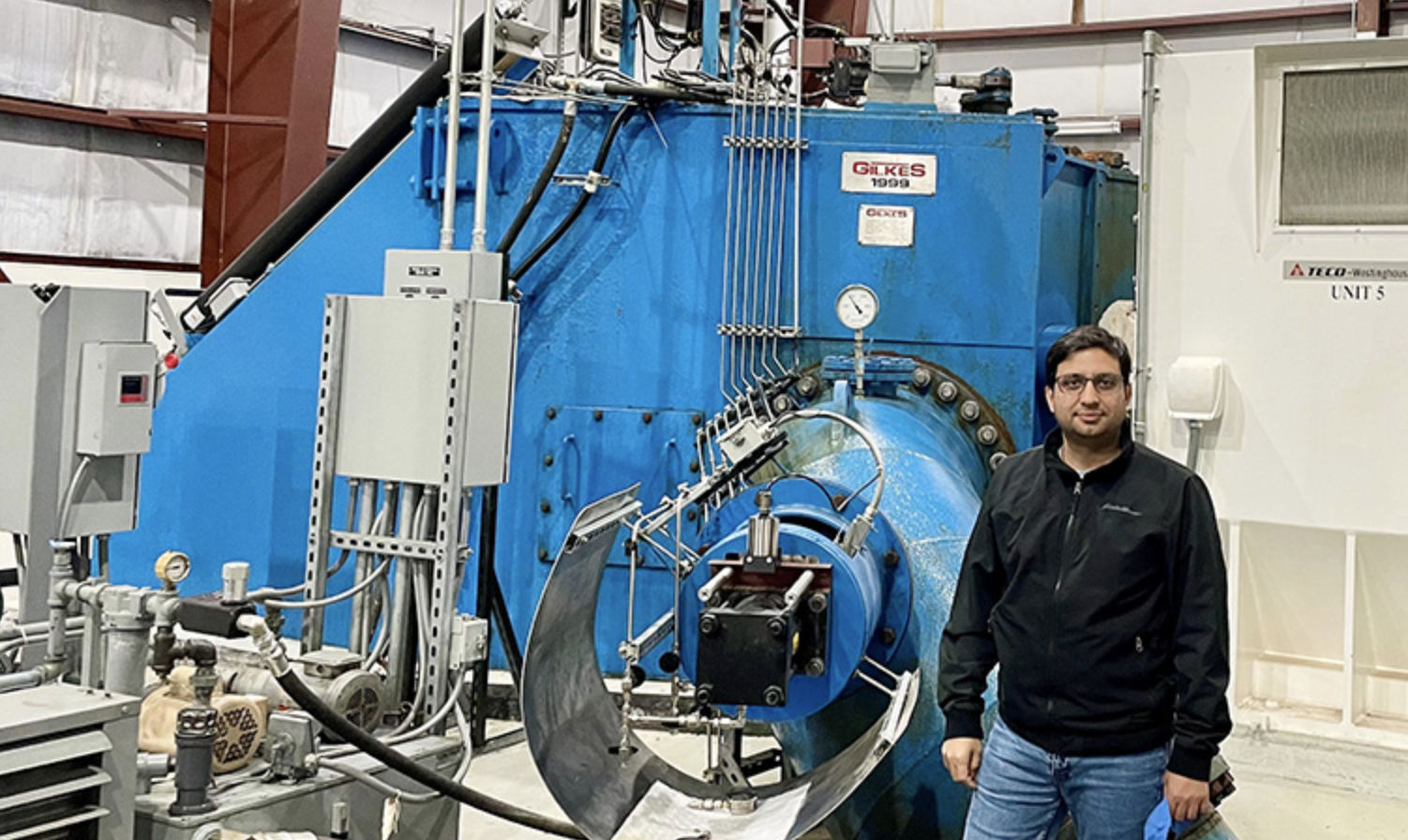Mayank Panwar, the lead researcher on the project which is funded by the U.S. Department of Energy's Water Power Technologies Office (WPTO) as part of its HydroWIRES Initiative,, said he wants “the field to come to the lab’. Panwar’s hydropower emulation platform first got started thanks to the WPTO Seedlings and Saplings program, which supports creative, high-risk, high-reward ideas in water power. With this initial investment, Panwar and his team set out to solve a big challenge that can hinder the hydropower industry from adopting new technologies and designs: How do you test something you cannot build?
Unlike solar or wind energy systems, building and testing hydropower prototypes is often impractical, time-consuming, and expensive due to the large scale and specific geographic requirements of these facilities. Furthermore, modifying operational plants for testing purposes carries significant risks of irreversible damage. Consequently, the emulation platform developed by NREL provides an invaluable tool for studying and optimizing hydropower technologies and grid configurations without the need for costly and high-risk physical testing.
Hydropower is a crucial component of the US’ transition to a 100% clean energy grid, offering flexible and reliable energy, as well as energy storage capabilities. As the country adds more renewable energy sources to the grid, hydropower's steady and affordable energy becomes vital for ensuring grid dependability and resilience. However, understanding how hydropower can effectively support a clean energy grid is not yet fully explored, unlike solar and wind power technologies.
The hydropower emulation platform created by Mayank Panwar and his team relies on machine learning algorithms to replicate the behavior of real hydropower plants, including electronic controls, turbines, hydraulic and mechanical circuits, and water flows. The system operates in real-time, generating solutions within the same time frame as the actual phenomena occur in the physical system. To assess how these new hydropower designs integrate into various grid systems, the researchers employed NREL's Advanced Research on Integrated Energy Systems (ARIES), a digital grid simulation platform. ARIES enables the emulation platform to simulate the interaction of hydropower plants with energy storage systems and other renewable energy technologies, ensuring the delivery of more reliable energy to the grid.
The emulation platform's capabilities extend beyond software simulations by integrating with physical hardware, such as rotating machines that replicate the turbines of a hydropower plant. This integration allows for a more accurate replication of real-life hydropower facilities within a controlled laboratory environment.
Moving forward, Mayank Panwar and his team plan to scale up the emulation platform to simulate megawatt-scale plants, expanding its capacity beyond the current limit of 2.5MW. They also aim to consult with their industry advisory board to address the challenges faced by hydropower plants and explore how the emulation platform can provide solutions. Ultimately, Panwar hopes that the industry will embrace this platform as the go-to test bed for developing and optimizing hydropower technologies.

Mayank Panwar, a hydropower researcher at NREL, is bringing hydropower to the lab, reconstructing these complex facilities through modeling, real-world data, and a few mechanical components to make sure they can support the US' future clean energy grid. Photo from Rob Hovsapian, NREL